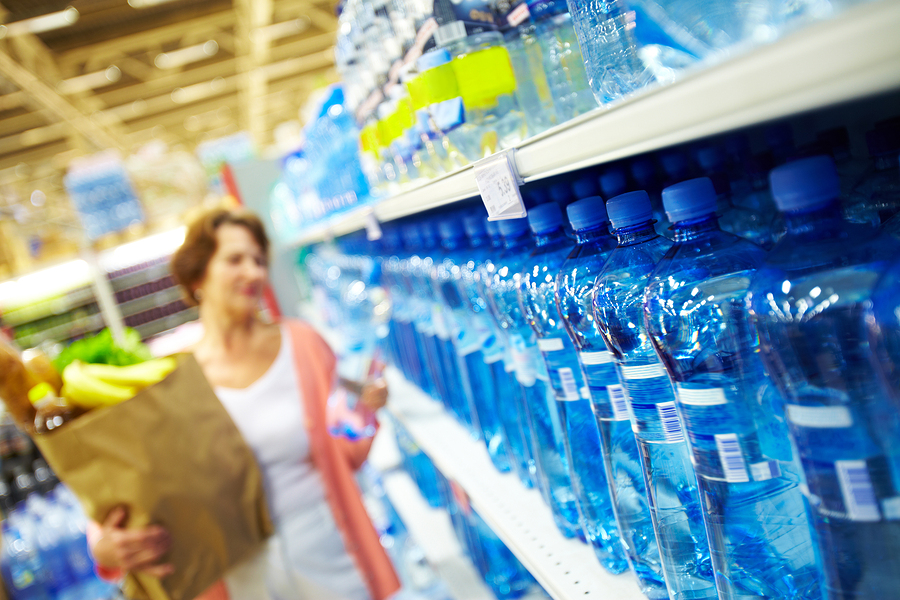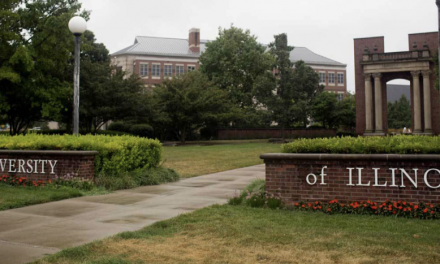Water is the best beverage you can drink. Always. And if its fluoride free then it’s even better. If you are lucky enough to have a clean, deep, cold well to draw from, add one more point to your luck scale. But what about bottled water? If you don’t have a good glass one to use on the go, but want to stay hydrated, plastic water bottles are the only option left. However, do you know what type of plastic your bottle is made from or what the risks are for buying water in certain types of bottles? Well, you should, so please keep reading.
Somewhere on every bottle is a graphic that shows what kind of plastic it is, normally in the form of letters and numbers. These graphics tell you exactly what kind of plastic it’s made out of; this information is very important, because every kind of plastic contains chemicals which can cause varying degrees of harm to the human body:

PET or PETE:
One of the most commonly used plastics in consumer products, this type is found in most water and soft drink bottles, and is used in some packaging. Intended only for single use applications, if you use them repeatedly your risk of leaching or bacterial growth increases. These bottles can release heavy metals and chemicals that affect the hormonal balance and it’s also a difficult plastic to decontaminate.
HDP or HDPE:
This stiff plastic is used to make milk jugs, detergent, oil bottles, toys, and some plastic bags. It is one of the best choices when purchasing bottled water because it releases almost no chemicals and is thus the safest on the market.
PVC or 3V:
Experts suggest using an alternative to this plastic if possible as it releases 2 toxic chemicals that affect the hormones in your body. PVC is a soft and flexible plastic that’s used to make clear plastic food wrapping, cooking oil bottles, teething rings, children’s and pets’ toys, and blister packaging for myriad consumer products.
LDPE:
While this plastic does not release any chemicals into the water, it cannot be used in the production of bottles, and is not a good idea to buy food you find in the shops which use this packaging as it’s full of highly dangerous chemicals.
PP:
This plastic is white-colored or semi transparent and used as packing for syrup and yogurt cups. Polypropylene plastic doesn’t melt when heated, is tough and lightweight, and is relatively safe.
PS:
Polystyrene isn’t wise for use as a long-term food or drink container. But it is inexpensive and has a wide variety of uses. Most often used to make disposable styrofoam drinking cups, take-out containers, egg cartons, and plastic picnic cutlery- it does release some carcinogenic substances when heated.
PC or non-labeled plastic:
This is the most dangerous plastic and should be avoided at all costs. Sadly, it is often used to make sports water bottles and food containers. The primary concern with these plastics is their potential to leaching chemicals into food or drink products packaged in polycarbonate containers made using BPA (Bisphenol A).
Stay safe Health Nuts and ALWAYS check the bottom of the bottle!
Source: Nutrilover












